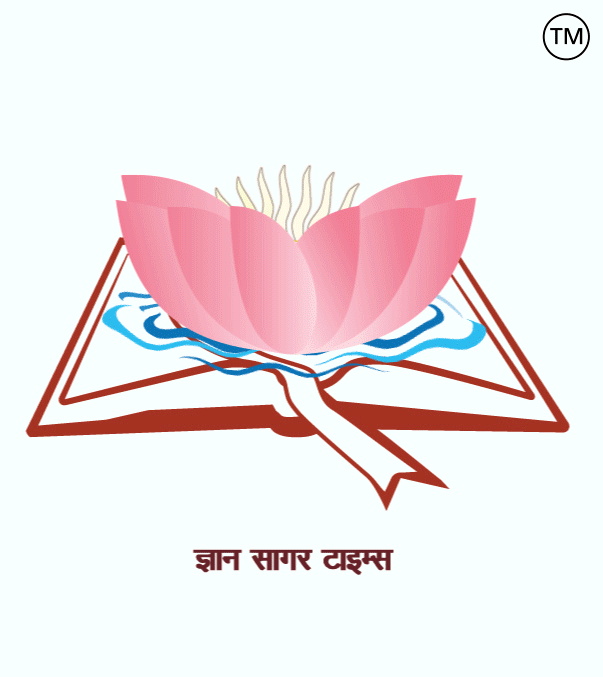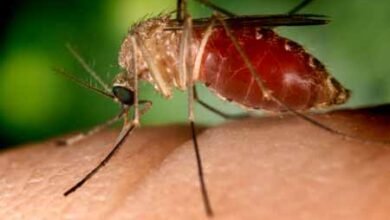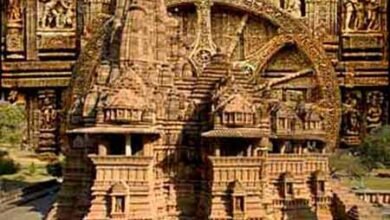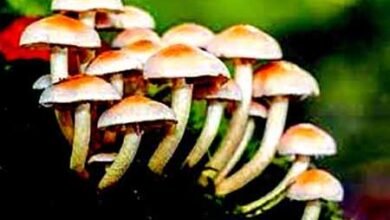
वनस्पति विज्ञान से संबंधित-75
| 1. What are the main physical characteristics of living? = Survival.
2. Names of insectivorous plants? = Ghatarni and Sundue. 3. Where is the light-resolving PRKRM in desert plants? = Stems and green branches. 4. Which plants live together in lichen? = Algae and Mildew. 5. How do Fungus Generate? = By spore. 6. Where are Rhizobiums found? = In the roots of pulses. 7. Due to the absence of plant cell, animal is different from cell. = Centrosome or asteroid. 8. What is the number of plants known so far? = Approximately 343225. 9. In which world do unicellular eukaryotic and light configurations take place? = Protista. 10. What are the degenerates of multicellular eukaryotic? = Fungi. 11. Who gave the five world classification? = Hitker. 12. Which world do the subclass mildew classify the five world systems? = Protista. 13. How many parts is the Monera world divided into six worlds? = Two (02). 14. Which fetus is absent? = Algae. 15. Which group of plants have water (water) required for fertilization? = Bryophytes. 16. The group Teridophyta can be divided into Bryophyta due to its presence? = Convection tissue. 17. Is a seedless plant tolerable? = Teridophytes. 18. If the fruit develops from the ovary without fertilization without spores, then this action? = Anointed function. 19. What is the addition of a spheroid without the combination of gametes? = Incompatibility. 20. Where are male gametes found in floral plants? = In pollination. 21. Where is the division found? = Spore. 22. Where is cotyledon located in monocot? = Parvadi. 23. The pollination in which genetically different pollinators and frequencies meet is called? = Prohibition. 24. In which cell does the female zygote develop? = Activated myocardium by maternal cell. 25. What is the formula of embryotomy in floral plants? = Triple. ========== ========== ============ 1. सजीव के प्रमुख लक्षण क्या होते हैं? = जीवद्र्व्य. 2. कीटभक्षी पौधों के नाम? = घटपर्णी और सनड्यू. 3. मरुस्थलीय पौधों में प्रकाश संशलेष्ण पीआरकेआरएम कहाँ होता है? = तने व हरी शाखाओं में. 4. लाईकेन में कौन-कौन से पौधे साथ-साथ रहते हैं? = शैवाल और फफूंद. 5. कवक जनन कैसे करते हैं? = बीजाणु द्वारा. 6. राइजोबियम कहाँ पाये जाते हैं? = दलहन के पौधो की जड़ों में. 7. पादप कोशिका में किसकी अनुपस्थिति के कारण जंतु कोशिका से भिन्न होती है? = सेण्ट्रोसोम या तारककाय. 8. अबतक ज्ञात पादपों की संख्या है? = लगभग 343225. 9. एककोशकीय यूकेरियोटिक और प्रकाश संशलेष्ण को किस जगत में रखते हैं? = प्रोटीस्टा. 10. बहुकोशिकीय यूकेरियोटिक के अपघटक क्या होते हैं? = कवक. 11. पांच जगत वर्गीकरण किसने दिया? = हिटकर. 12. अवपंक फफूंदी को पांच जगत पद्धति वर्गीकरण के किस जगत में रखते हैं? = प्रोटीस्टा. 13. छह जगत पद्धति में मोनेरा जगत को कितने भागों में विभाजित किया गया है? = दो (02). 14. किसमें भ्रूण अनुपस्थित होता है? = शैवाल. 15. किस समूह के पौधों में निषेचन के लिए जल(पानी) आवशयक है? = ब्रायोफ़ाईट्स. 16. टेरिडोफाइटा समूह को किसकी उपस्थिती के कारण ब्रायोफ़ाइटा से विभाजित किया जा सकता है? = संवहन उत्तक. 17. बीजविहीन सहवनीय पौधा होता है? =टेरिडोफ़ाईट्स. 18. बीजाण्डों के बिना निषेचन के अण्डाशय से फल विकसित होता है तो इस क्रिया को? = अनिषेक फलन. 19. बिना युग्मक के संयोजन के बीजाणदभिद का परिवर्धन कहलाता है? = अपयुग्मकता. 20. पुष्पी पादपों में नर युग्मक कहाँ पाये जाते हैं? = परागकण में. 21. निभाग कहाँ पाया जाता है? = बीजाण्ड. 22. एकबीजपत्री में बीजपत्र कहाँ स्थित होता है? = पार्वीय. 23. वह परागण जिसमें आनुवंशिक रूप से भिन्न परागकण व वर्तिकान परस्पर मिलते हैं, उसे कहा जाता है? = परनिषेचन. 24. मादा युग्मकोद्भिद का विकास किस कोशिका में होता है? = क्रियाशील गुरुबीजाणु मातृ कोशिका द्वारा. 25. पुष्पीय पादपों में भ्रूणपोष की सूत्रगुणिता क्या होती है? = त्रिगुणित.
|





